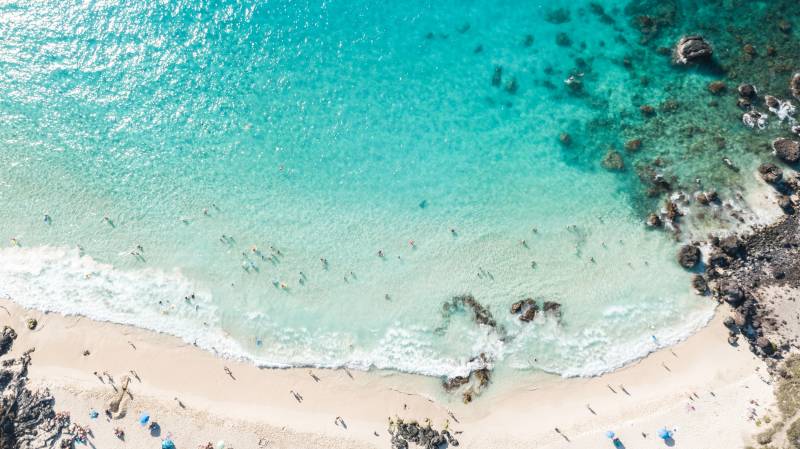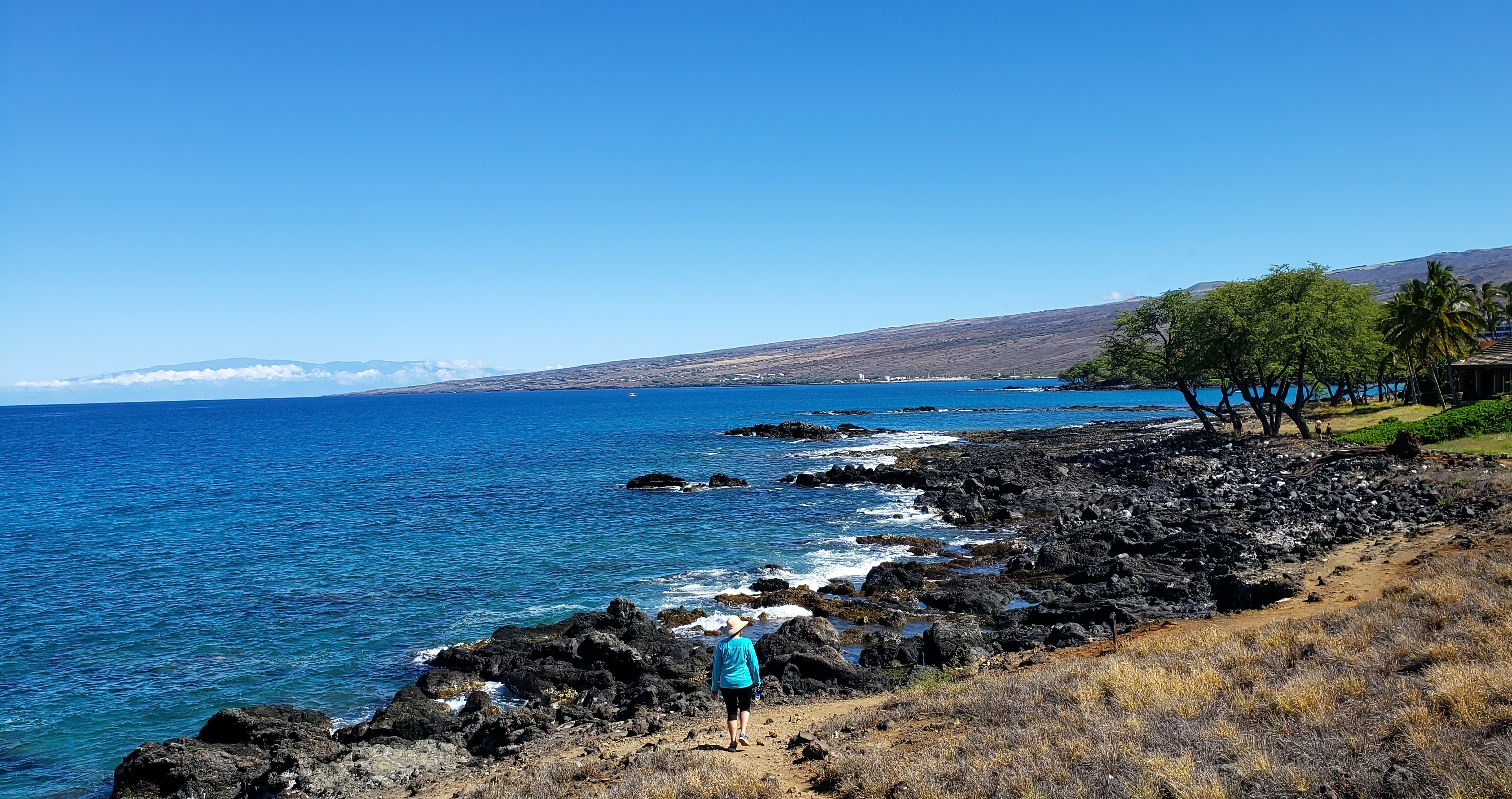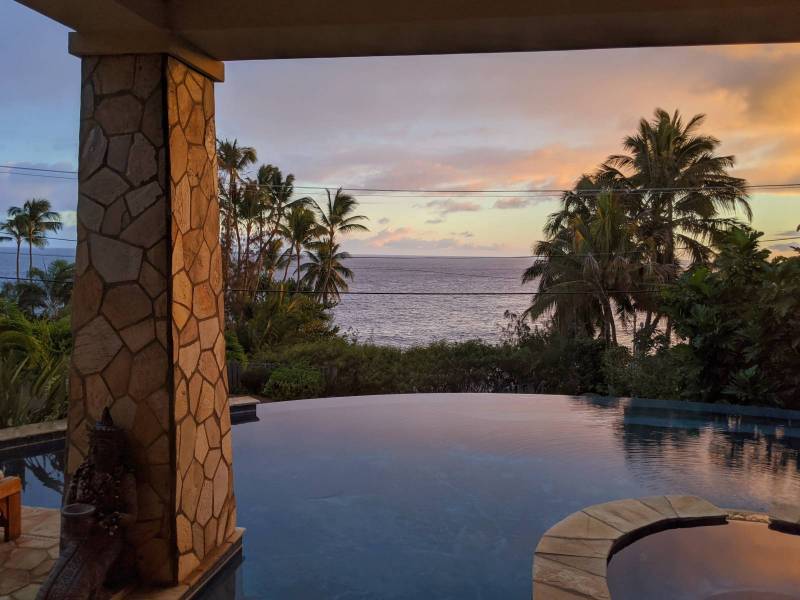Don’t Buy an Oceanfront Property in Hawaii Until You Read This – Part 3
So here we are at the final in my series of articles on oceanfront property. I’ve had a great time bringing these to you, and I hope you’ve found some useful information here and there as you’ve read through them. If you haven’t seen those yet, check out Part 1 and Part 2.
For this last article, I’ve collected some topics that aren’t as well-known or often thought of but that I think you as homeowners or prospective landowners ought to know about. This one is going to be less of a deep-dive on specific topics like the last two posts and more of a grab-bag, hopefully imparting some useful information to you.
With that out of the way, let’s dive right into these last few topics!

Conservation Zones in Hawaii
I’ve mentioned before that the state of Hawaii is very serious about conservation of its natural resources and ecologies. In recent decades, both state and the counties of Hawaii have been paying special attention to preserving and protecting the shoreline of the islands. To this end, there are two types of ‘conservation zones’ you will encounter close to the shoreline; one overseen by state agencies, the other being the responsibility of the county in which it exists.
The first conservation zone is the ‘certified shoreline,‘ which the state uses to define the actual beach. In essence, it is the area between the water and high-water mark, where the ocean rises to the highest point during the highest tide of the highest-wash season. This land is the public beach I’ve mentioned in earlier articles and must be kept free of any structure or planting that might inhibit or prohibit the public’s access.
The second type of conservation zone, the “Special Management Area,” falls under county responsibility; it’s made up of a stretch of land between the certified shoreline zone and a point further inland, often up to the nearest highway. This Special Management Area is of particular interest to homeowners because oceanfront property may include or even wholly fall inside this SMA zone. Construction within the SMA zone requires a special permit obtained through the county, as will many activities or events such as concerts or weddings.
The other point to be aware of in an SMA zone is the ‘Shoreline Setback,” which is a designated stretch of land past the shoreline — a minimum of 40 feet by law — in which no structures may be built. It is possible to gain an exception to this through obtaining a Shoreline Setback Variance permit, also through the county in which the property is located. More information on SMA zones, as well as Shoreline Setbacks and various permitting processes, can be found here.
It is also worth noting that if sea waters rise or the tide flows up higher inland than it previously has due to erosion or other natural causes, it is possible that the Shoreline Setback area will actually creep inland further into your property. For this reason, it is a good idea to consider carefully any new structures or plantings you put in place that are near the Shoreline Setback area, so you don’t wind up accidentally ‘encroaching’ on the Setback area if and when it changes.
For more information, and to see if your property or possible purchase falls within the SMA, consult the following link to the County of Hawaii Planning Department website.

Sea Level Rise Exposure Area
This isn’t one you’re going to see talked about in most property listings, but it’s one as a prospective buyer you need to be aware of. Because of erosion and rising waters around the world due to climate change and other natural phenomena, portions of the waterfront in Hawaii — as well as other islands around the globe — are experiencing sea level rise. Depending on what the sea level does over the next couple of decades, it is conceivable that some properties may experience encroaching tides and shrinking beaches. This shouldn’t put you off purchasing oceanfront property, as the sea level rise will probably not be extreme, but it may influence your decision on placement of structures or plantings on the property.
The University of Hawaii, along with various government and private agencies, have put together the Pacific Island Ocean Observing System and have set up a projected sea-level rise map on their website. You can view it here and see what the models predict for the property you own or are looking to purchase.

Oceanfront Property Addendum
The Oceanfront Property Addendum is a little piece of paper you’ll only ever see when you purchase or sell oceanfront property in Hawaii. It can look intimidating and is full of strange phrases and wordings that you just don’t find in other states. If you’re not prepared for it, it can be rather frightening in everything it says. But despite looking kind of scary, the OPA is actually quite simple to understand.
In essence, all it does is draw your attention to many of the aspects and possible concerns of owning oceanfront property, some of which I’ve even gone over in these last few articles, such as SMA zones and erosion problems. It is there merely to make sure you as a buyer have been notified of all the pertinent information regarding oceanfront property ownership and so that you as a seller have disclosed all the potential concerns about the same. You’ll want to read it through, of course, and ask your realtor if you have any questions regarding anything it talks about, but it’s typically not anything you need to worry over.
If you want to familiarize yourself with the OPA before you actually encounter it in real life, you can see a sample copy here.

Want to Know More?
This concludes my last article on oceanfront property. I hope these articles were useful and informative to you and that they have helped you further your dream of owning oceanfront property here in Hawaii.
Whether you are new to real estate or you’ve been doing this for a long time, Hawaii is different than most other states. Getting help from an industry expert is really the best way to go. If you ever have a specific real estate question, just send me a quick email, call, or text. I love talking real estate, and I’m happy to help, no strings attached.
Don’t miss out; join my email list, and I’ll send my helpful Hawaii real estate blogs directly to you!




debbie marie
December 11, 2022
I sent in a few questions months ago, maybe the email got lost in your spam folder. I was compliant to an appraisal where the stove was hiden in my apartment by the realtor selling the property and the potential buyer. I didn’t understand at the time, but now I realize that they wanted to manipulate the value of the property. I’m certain that what they did was illegal, but who can I report this improper appraisal to, Any info would be appreciated. The house was a four bedroom. The basement was renovated into 2-1 bedroom apartments. When the appraisal took place no one lived in this house but me. I held a lease for the larger of the two basement apartments. I was asked to spend the morning of the appraisal elsewhere, so I drove up to Volcanoe Park. Will I be in trouble for allowing this to happen in my apartment? The owner that put the house on the market was in the Mainland the entire time the house was going through the selling stages. He was very sketchy when I asked about the stove being hidden.
Thank you for your time and consideration.
By chance, do you know where I can find the best information regarding landlord tenant rules and regulations besides the Hawaii statutes?
Thanks again. Happy holidays.
d.marie